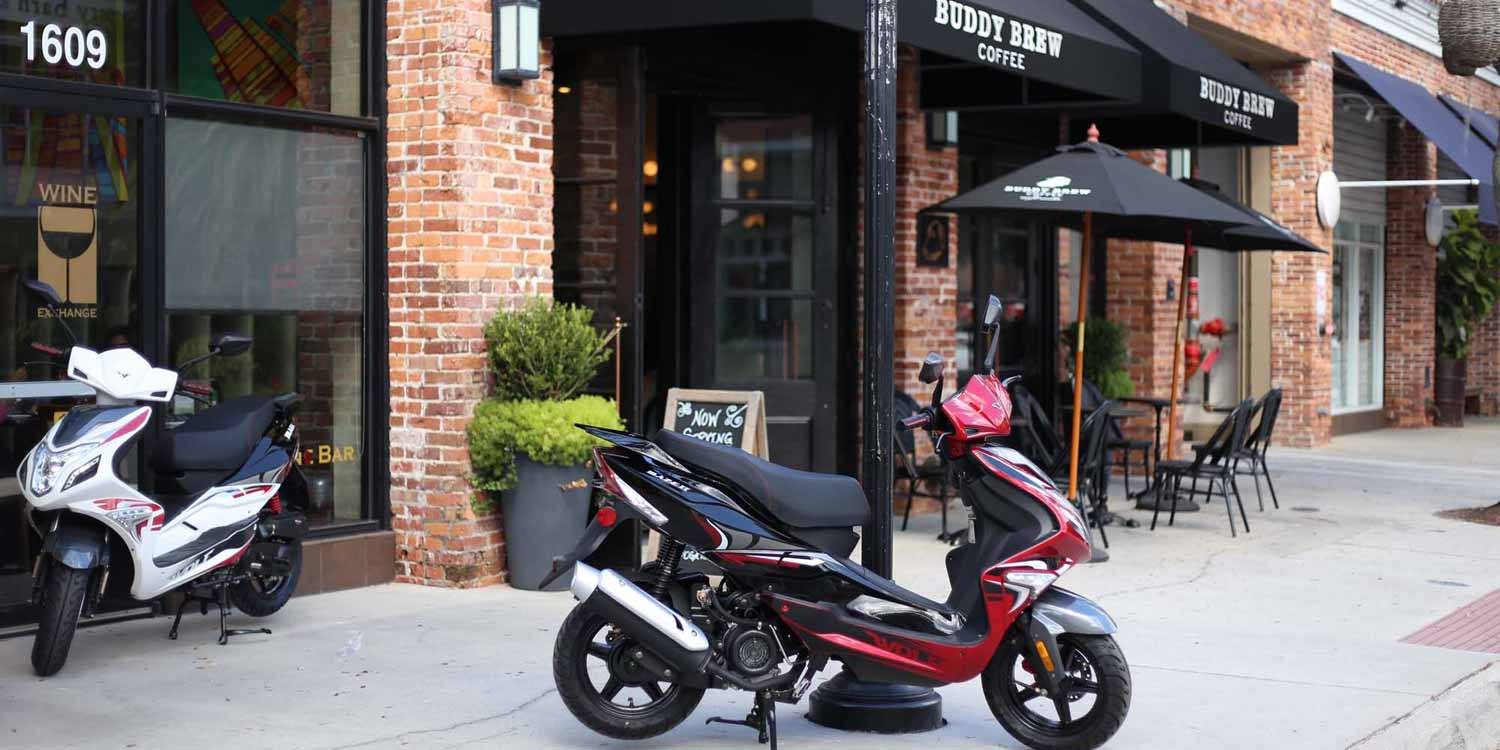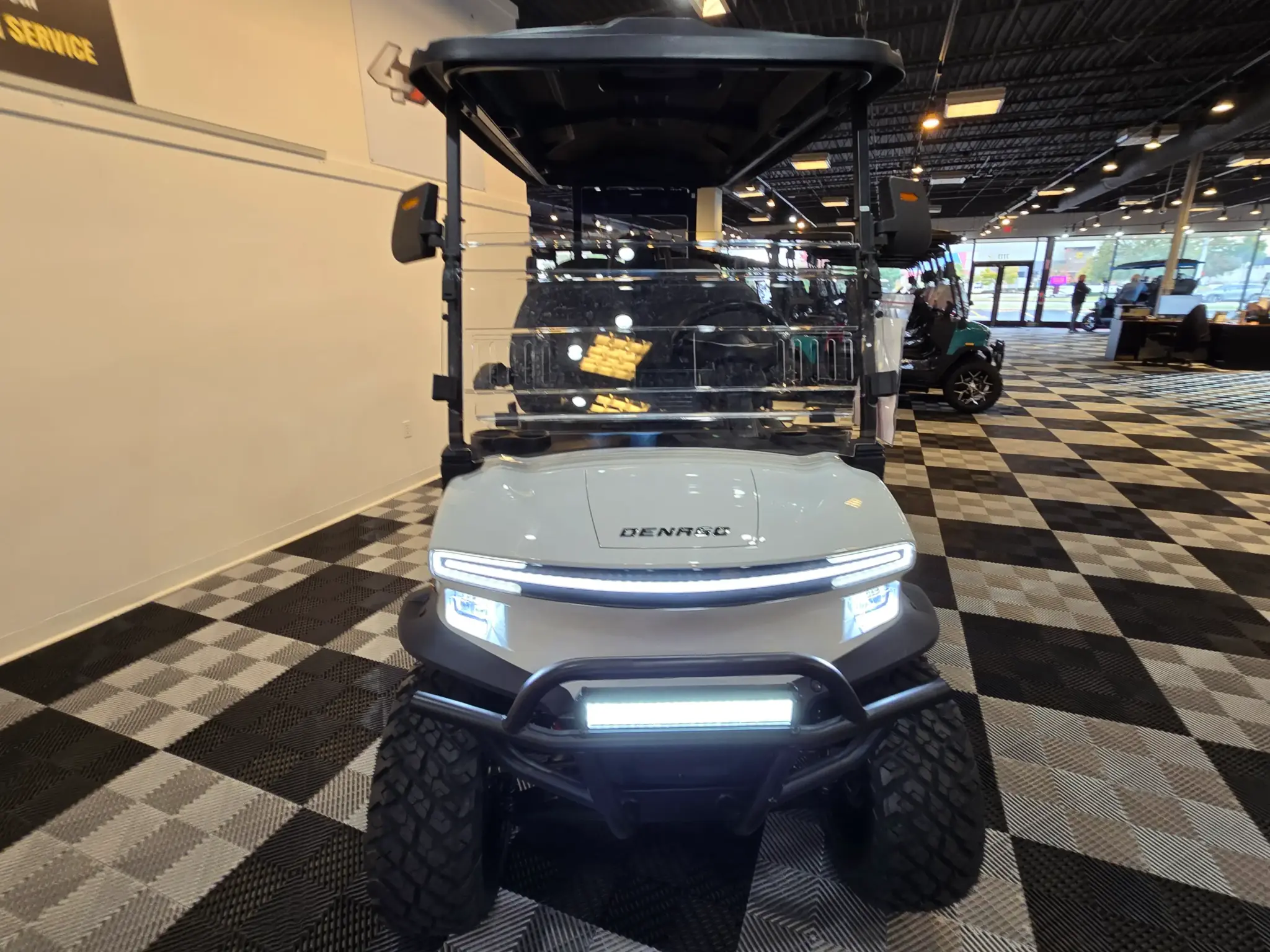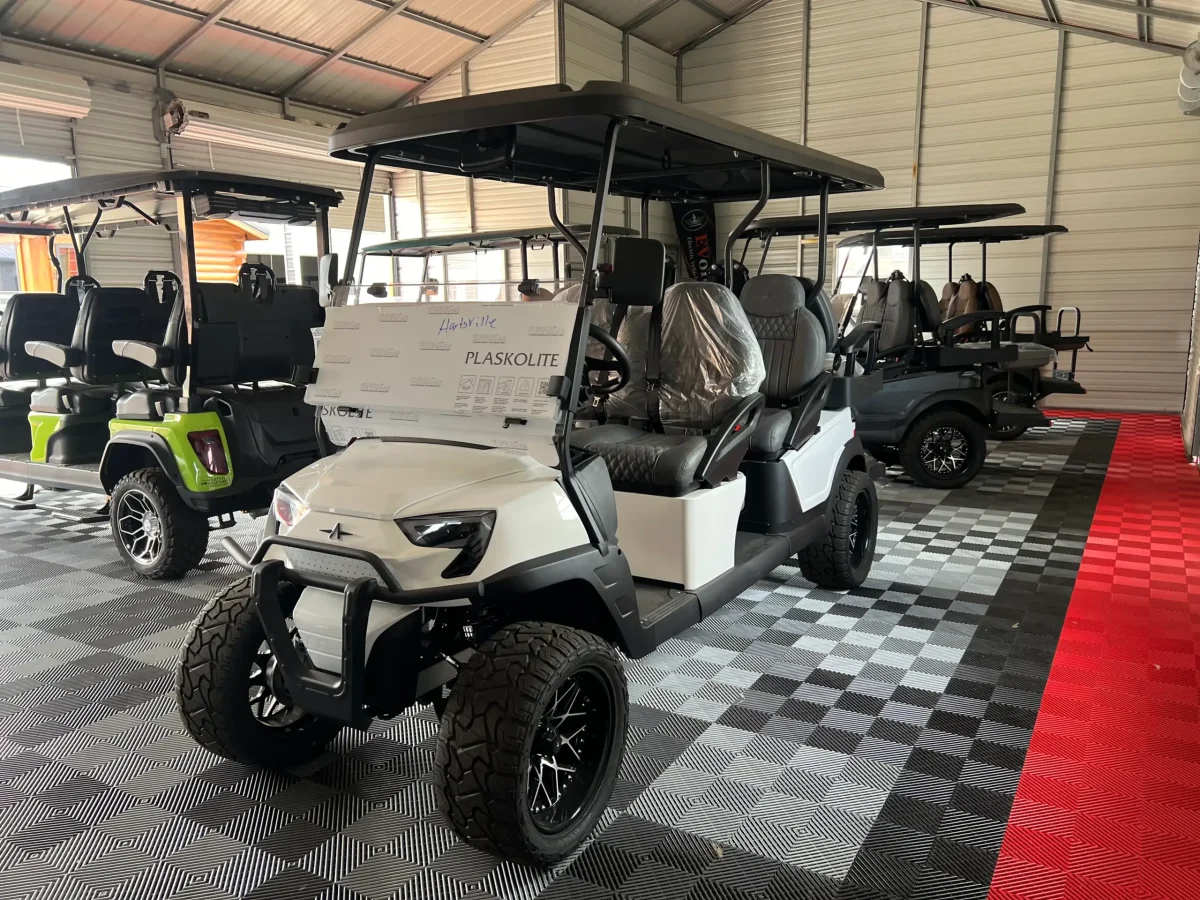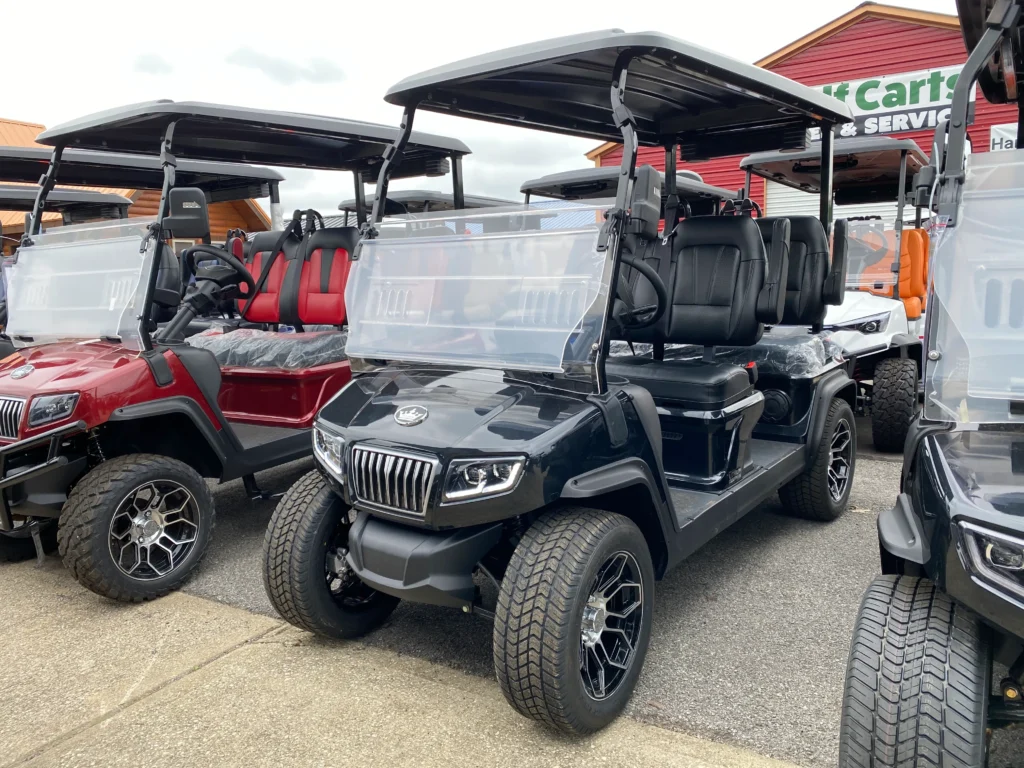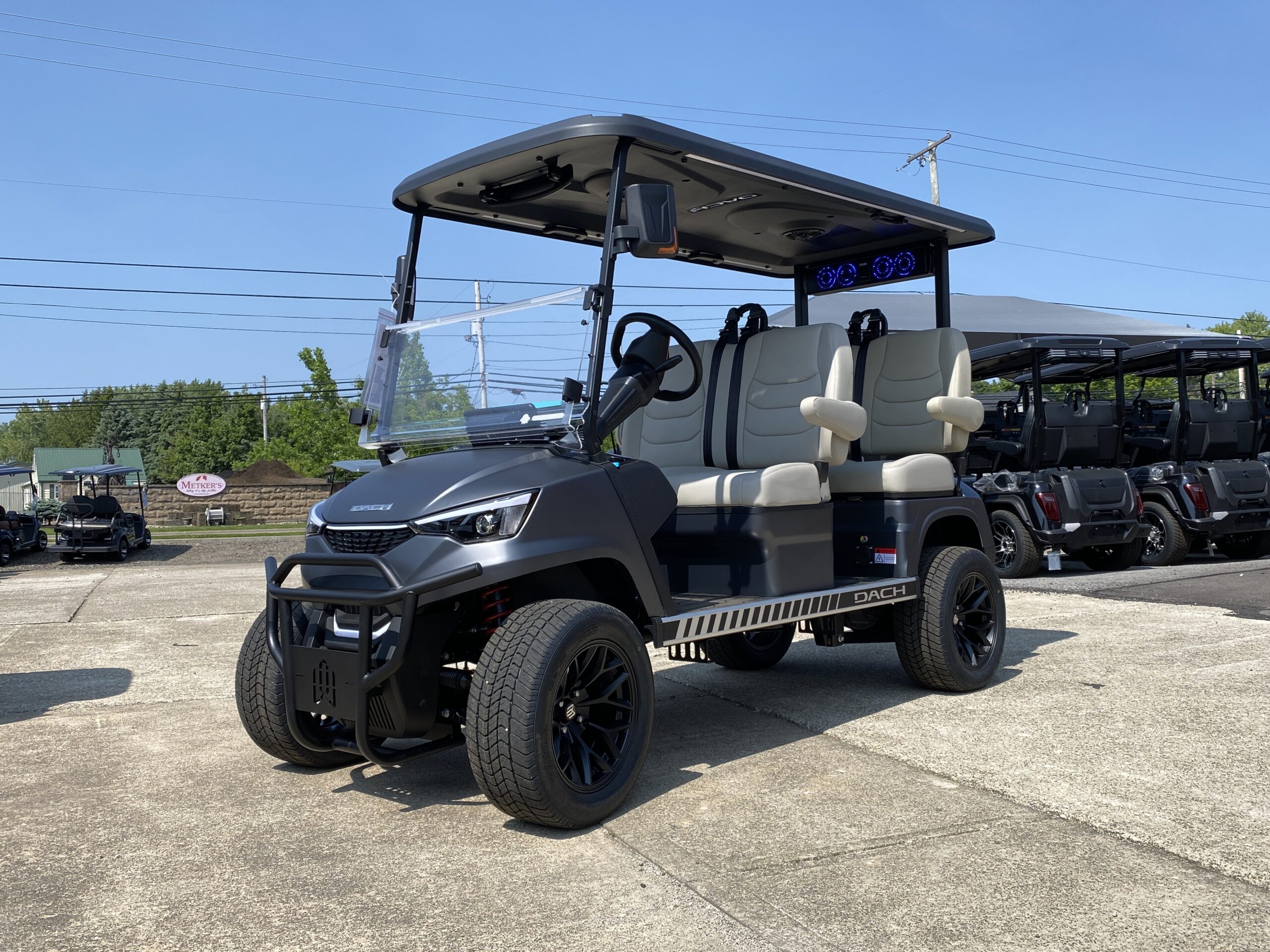The right battery setup in an electric scooter helps create better rides along with better safety. A 36V battery system fits most electric scooters because it offers good power output. The setup works well for both kids and adults who ride scooters. This guide teaches the steps to wire a 36V battery to an electric scooter. A fresh battery leads to better results or safer rides in your scooter. Let’s go over how to wire a 36v battery for an electric scooter.
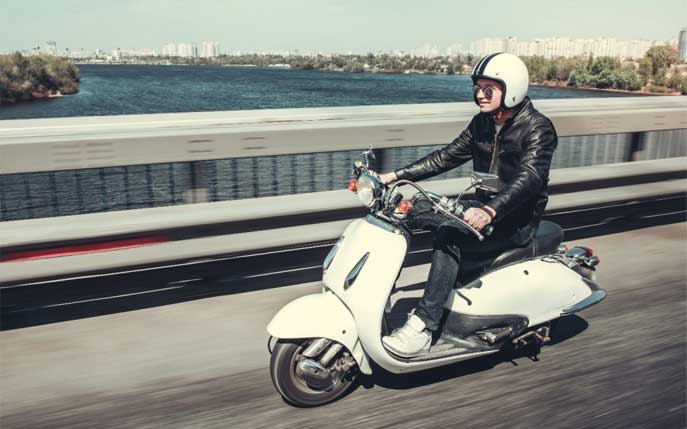
Preparing for the Wiring Process
A proper setup needs the right tools and materials for safe e-scooter wiring. Get a multimeter wire strippers, electrical tape or a DC-DC converter when your scooter needs one. The user manual and manufacturer’s instructions help you understand the parts like motor, controller and battery pack. Safety always comes first ‒ put on gloves along with safety glasses to shield yourself from shocks or sharp edges. Good preparation leads to a direct wiring process with fewer mistakes.
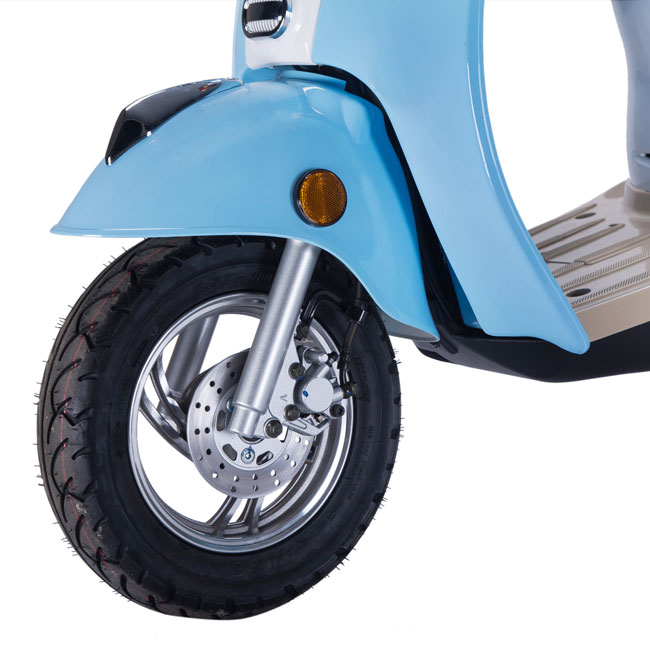
What You’ll Need
Before you start wiring your 36V battery, gather the following materials:
- 36V Battery (3 x 12V Batteries): A 36V system typically involves wiring three 12V batteries in series.
- Battery Cables: To connect the batteries to the scooter’s motor and controller.
- Connectors and Terminals: To secure the wiring to the battery terminals.
- Motor Controller: The motor controller helps regulate the power from the battery to the motor.
- Fuse: A fuse will protect your scooter from electrical surges.
- Wrenches and Screwdrivers: For tightening and securing battery connections.
- Multimeter: For voltage testing.
- DC-DC Converter: To step down the higher voltage from the 36V battery to 12V for components like lights and horns.
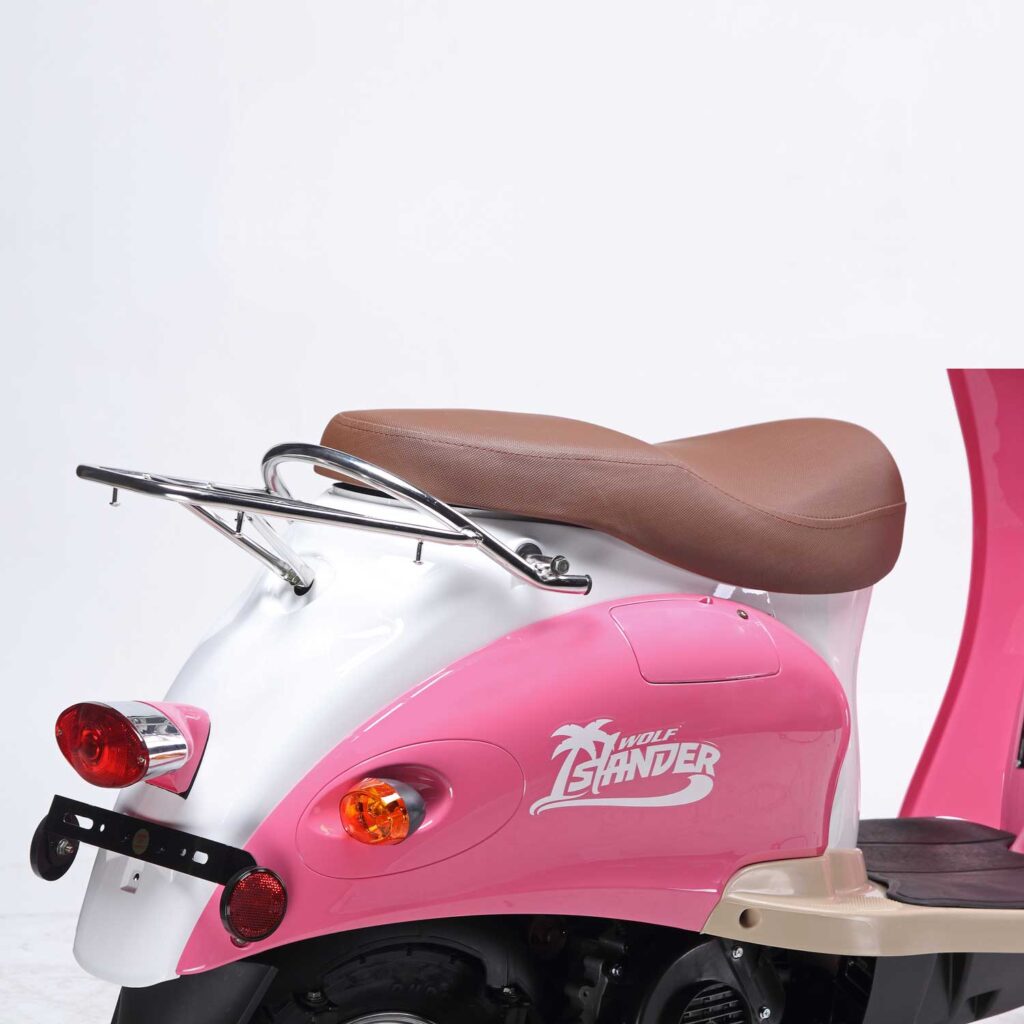
Choosing the Right Battery
Selecting a good battery for your electric scooter affects how well it runs or keeps you safe. You need to look at the motor power, scooter weight along with your planned rides. Lithium-ion batteries work best in recent scooters as they pack more power, last longer or weigh less than others. The battery voltage must match your scooter’s system next to the motor and controller specs. A cheaper option includes lead-acid batteries but these add extra weight as well as less power output. The correct battery choice helps your scooter run better over time.
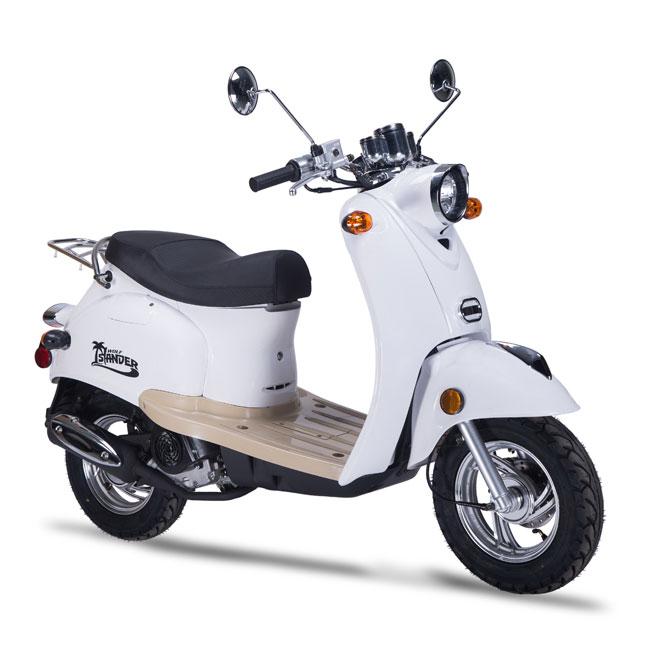
Step-by-Step Guide to Wiring a 36V Battery for an Electric Scooter
1. Understanding the 36V Battery Setup
A 36V battery system consists of three 12V batteries linked in series. The combined voltage of 36V runs the motor along with other scooter parts. The series connection links the positive terminal of one battery to the negative terminal of the next battery. A connection from the last positive terminal or negative terminal goes to the motor controller. A new battery helps match the system or improve performance.
2. Positioning the Batteries
Place three 12V batteries into your electric scooter’s battery compartment. The batteries need correct positioning to let you reach their terminals with ease. A proper installation requires you to fasten them in place to stop unwanted shifts that could harm the wires or connections.
3. Connecting the Positive and Negative Terminals of the Batteries in Series
To form a 36V system, connect the three 12V batteries in series:
- First Connection: Connect the positive terminal of the first 12V battery to the negative terminal of the second 12V battery using a battery cable.
- Second Connection: Similarly, connect the positive terminal of the second 12V battery to the negative terminal of the third 12V battery.
At this point, you will have two remaining terminals:
- The positive terminal of the first battery will serve as the positive lead for your 36V system.
- The negative terminal of the third battery will serve as the negative lead for your 36V system.
4. Connecting the Battery to the Motor Controller
Next, connect the battery system to the motor controller:
- Positive Connection: Use a battery cable to connect the positive terminal (the positive terminal of the first battery) to the positive input terminal on the motor controller. This is the power source for your motor.
- Negative Connection: Similarly, connect the negative terminal (the negative terminal of the third battery) to the negative terminal on the motor controller.
The motor controller will manage the power supplied from the batteries and regulate the voltage sent to the scooter’s motor. Additionally, a DC-DC converter is necessary to step down the higher voltage from the 36V battery to 12V for other components like lights and horns.
5. Installing the Fuse
A fuse is essential for protecting your scooter’s electrical components from power surges. Install the fuse on the positive wire between the battery system and the motor controller:
- Fuse Placement: Position the fuse as close to the positive terminal of the first battery as possible. Ensure the fuse is rated correctly for your scooter’s power needs (usually between 30A and 50A, depending on the motor size).
6. Testing the Wiring
Before finalizing the setup, it’s important to test the connections and ensure everything is working as expected. Double-check all connections to ensure they are secure, and use a multimeter to measure the voltage:
- Voltage Test: A properly wired 36V system should read approximately 36V. You can test the system by measuring the voltage between the positive terminal of the first battery and the negative terminal of the third battery.
- Controller Test: After ensuring proper voltage output from the battery system, test the connections at the motor controller to confirm the system is ready to function.
Using a new battery is crucial to ensure accurate voltage readings and secure connections.
7. Securing and Insulating the Connections
The first step is to verify that your system works as planned. After that insulate all exposed connections to stop short circuits from occurring. Apply electrical tape or heat shrink tubing to shield bare wires. Attach the battery along with all wiring in a fixed position to keep them steady during rides.
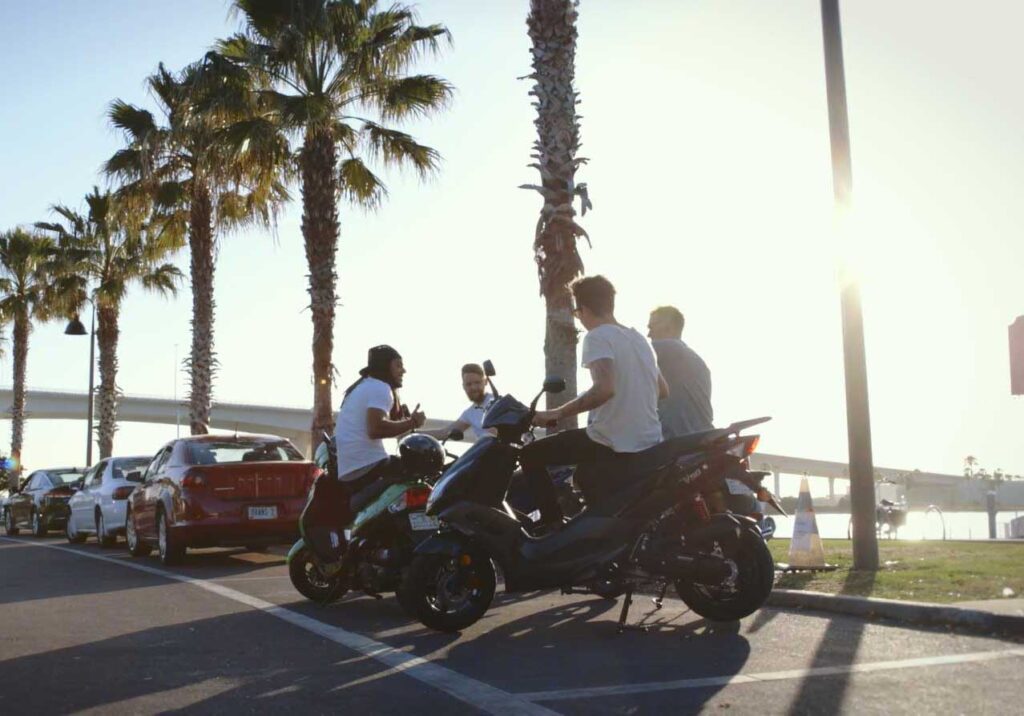
Safety Considerations
Safety comes first with electrical items. The workspace needs ventilation to move heat away. A loose connection leads to shock or fire risks. Electrical tape helps secure wires to prevent accidents. Handle batteries with proper care to protect them from damage. Store the battery pack in a dry spot that stays at normal temperature. Follow what the maker tells you about battery care along with charging steps. These basic steps create a safe setup for your electric scooter.
Performance Expectations
A scooter with correct electrical wiring runs safe, which leads to a better ride. The speed varies based on motor power or design choices. Lithium-ion batteries last long and weigh less, which makes them perfect for daily trips. The proper setup of wires along with secure connections lets the electrical system work right. Regular checks as well as upkeep of the battery pack help parts last longer. The setup you choose affects how your scooter moves through streets. A well-maintained electric scooter offers steady transport on all your trips.
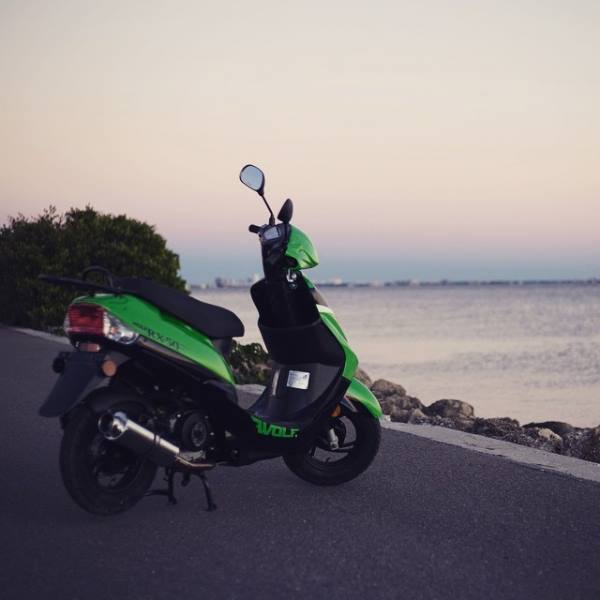
Troubleshooting Common Issues like Loose Connections
If you encounter any issues after wiring your 36V system, here are some troubleshooting tips:
- No Power or Weak Power Output: Double-check the battery connections to ensure they are secure. If the voltage is too low, the batteries might need charging or replacing.
- Fuse Blown: If the scooter stops working suddenly, check the fuse. A blown fuse indicates an electrical surge or short circuit. Replace it with a new fuse of the appropriate rating.
- Battery Drain: If the battery is draining too quickly, inspect the wiring and ensure the connections are not loose or corroded. Also, ensure you’re using a proper charger for the battery type.
- New Battery: Using a new battery can help avoid common problems like weak power output and battery drain. Ensure the new battery is properly connected and inspected for any damage to maintain optimal performance.
Conclusion
A 36V battery setup for your electric scooter needs basic steps which lead to good performance. The process includes correct wire placement along with proper insulation of all parts. When you connect everything according to the steps, your scooter becomes ready for rides. The upkeep of electrical parts – batteries, motor controller as well as fuse – helps the scooter last longer or work better. We hope this helps you understand how to wire a 36v battery for an electric scooter.


